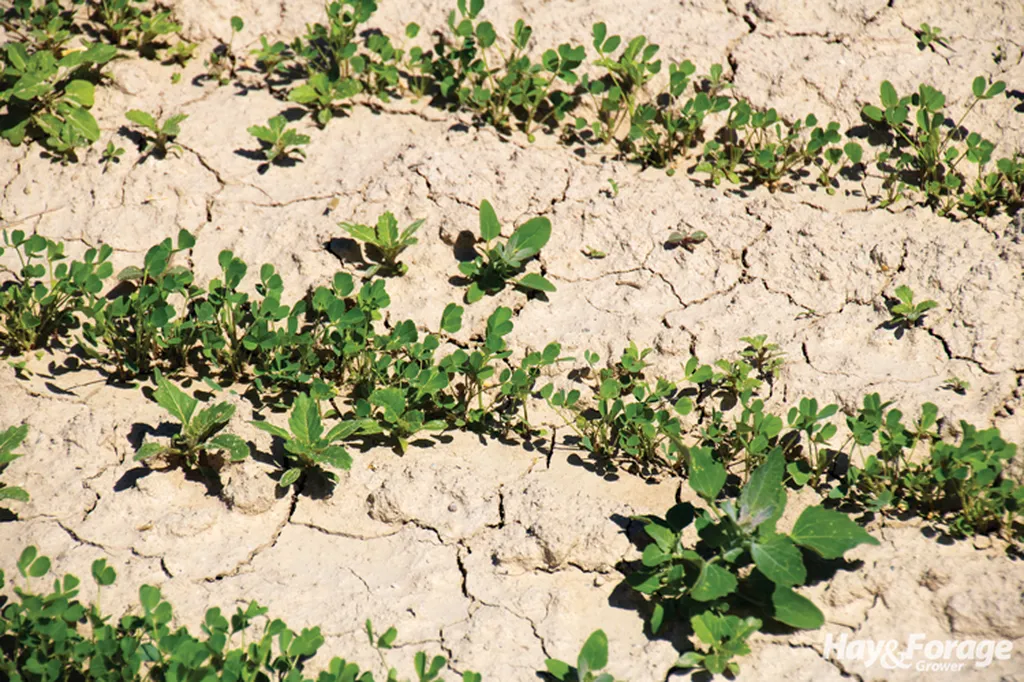In the heart of Shandong Province, China, a groundbreaking study led by Xiaoyu Zhao from the College of Grassland Science at Qingdao Agricultural University is reshaping the way we think about forage production and weed management. The research, published in the journal *Food and Energy Security* (which translates to *Food and Energy Security* in English), explores the integration of oats as a cover crop in alfalfa-tall fescue mixed grasslands, offering a promising strategy for enhancing productivity and sustainability in temperate forage systems.
The study, conducted over two years (2023–2024), investigated the effects of varying sowing proportions of oats on forage yield, nutritional quality, and weed dynamics. Zhao and his team tested different oat sowing ratios and spatial arrangements, finding that inter-row sowing with a moderate inclusion of oats (15%–20%) significantly improved system performance. “We were surprised by the dramatic improvements in both yield and weed suppression,” Zhao remarked. “The inter-row sowing method, in particular, showed remarkable potential for optimizing resource partitioning and overall system stability.”
In 2023, inter-row sowing with 15% oat yielded 16.57 tons per hectare, while in 2024, inter-row sowing with 20% oat achieved the maximum dry matter yield of 18.4 tons per hectare. Crude protein concentration also improved by 25.6%, reaching 20.13%. Meanwhile, grass and broadleaf weed biomass decreased by 87.2% and 83.4%, respectively, with total weed biomass and coverage reduced by 64.5% and 60.8%. Additionally, the land equivalent ratio (LER) peaked at 1.48, reflecting a 48% increase in land-use efficiency compared to monoculture systems.
The implications of this research are far-reaching, particularly for the energy sector. As the demand for sustainable and renewable energy sources grows, the need for high-quality forage to support livestock and bioenergy production becomes increasingly critical. By optimizing sowing ratios and spatial arrangements, farmers and agronomists can enhance forage yield and nutritional quality while reducing reliance on chemical herbicides. “This approach not only contributes to sustainable intensification but also aligns with the broader goals of reducing environmental impact and promoting ecological resilience,” Zhao explained.
The study’s findings offer a practical and ecologically sound strategy for optimizing forage yield, improving nutritional quality, and achieving robust weed suppression. As the world seeks innovative solutions to meet the challenges of climate change and food security, this research provides a valuable blueprint for enhancing the productivity and sustainability of temperate forage systems. With further refinement and adoption, the integration of oats as a cover crop could revolutionize forage production and contribute to a more resilient and sustainable agricultural future.

